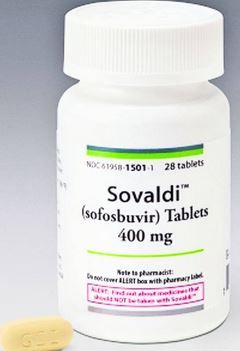The most shocking thing about the Kaiser Family Foundation's 2014 report on employer health benefits may be the lack of shocking data.
The foundation, which has been tracking health benefits since 1999, reports that 2014 continues a period of "historic moderation" in premium increases, in the words of CEO Drew Altman. The average premium for family coverage rose 3 percent, to $16,834 a year, with employers covering about $12,000 and employees about $4,800.
Altman and Kaiser VP Gary Claxton, the study's lead author, said Wednesday they know that talking about moderation clashes with the experience of many employees, who are seeing out-of-pocket costs rise while wages stagnate. And it contradicts some people's expectation that the Affordable Care Act would send rates through the roof.
 |
| Altman |
"If you say that to an average person, they may look at you like you're out of your mind," Altman told reporters.
Deductibles -- the amount people are required to pay out of pocket before coverage kicks in -- have been climbing steadily for the last few years. Sometimes high-deductible plans are accompanied by a pre-tax savings account with employer contributions, but the biggest recent growth has been in "plain old vanilla high-deductible plans," Altman said.
Thirty-four percent of employees in small firms (fewer than 200 employees) and 11 percent of employees in larger companies have deductibles of at least $2,000 for an individual, the report found. That's up from 20 percent and 4 percent, respectively, in 2010. Sixty-one percent of employees in small firms and 32 percent of those in large ones must cover at least $1,000 for an individual. (Some preventive services are covered before the deductible is met, as required by the ACA.)
"You've got both the ACA and market forces reinforcing each other on the issue of deductibles," Altman said.
The report, done in partnership with the American Hospital Association's
Health Research & Educational Trust, is based on a survey of more than 2,000 employers, done between January and May. Almost 150 million people are covered by employer-sponsored insurance.
While the Affordable Care Act is forcing changes in costs and coverage, it also follows years of soaring costs for insurance and health care. From 1999 to 2004, for instance, premiums increased 72 percent while average earnings rose 17 percent. In the most recent five-year stretch, premiums rose 26 percent while wages rose 11 percent. Thus changes that feel extreme for workers -- especially those whose plans are changing -- can look modest in the historic context.
Of course, the ACA is just starting to kick in. And the health care market is very much in flux, as my colleague
Karen Garloch reported from this week's Carolinas HealthCare System board meeting. As employers gear up for 2015 insurance enrollment this fall, I'm working on a look at's happening locally and what lies ahead. If you're willing to talk about your experience with a high-deductible plan in your workplace, please get in touch (my phone number and email are at right, below the photo).


























